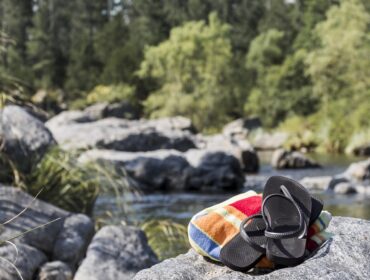 The primary effects of most earthquakes are felt only on land, but in some cases, the ocean can suffer unusual damage as well. Earlier this month, a 7.8 magnitude earthquake struck New Zealand, and it may have permanently changed the coastline. This New Zealand earthquake shifted the ocean floor, exposing it to land and stranding marine life.
The primary effects of most earthquakes are felt only on land, but in some cases, the ocean can suffer unusual damage as well. Earlier this month, a 7.8 magnitude earthquake struck New Zealand, and it may have permanently changed the coastline. This New Zealand earthquake shifted the ocean floor, exposing it to land and stranding marine life.
What makes this occurrence so unusual is the location of New Zealand on Earth’s surface. It sits between two tectonic plates: the Indo-Australian and the Pacific. Earthquakes are not a rarity here, but the shift of the sea floor upwards is. The force of the 7.8 magnitude quake, followed by another 6.2 shaker, was enough to shift the plates vertically, making what was once on the bottom of the ocean beachfront property.
Local researchers estimate that the coast rose between 1.5 and 6 feet. It was sure to have come as quite a surprise to the crustaceans and fish who suddenly found themselves airborne. Long strands of sea grass, once standing vertically beneath the waves, were suddenly hanging limp from the top of this newly exposed rock face.
The shift in the plates caused the collapse of roadways and damage to homes, as well as the newly created coastline. While this New Zealand earthquake has left a portion of the sea floor high and dry, it was caused by the same geological phenomenon that forms mountains across the world. These tectonic plates slide along one another and crash into one another, causing earthquakes and other catastrophic geological events.
When upward shifts in the seafloor occur, they are called coastal lifts. Similar incidents happened in New Zealand in 1855 and in 1931. Historically, once the shift takes place it is permanent, meaning the sea creatures who were once living under the water on this chunk of land will have to find a new home.
Image via temblor.net




